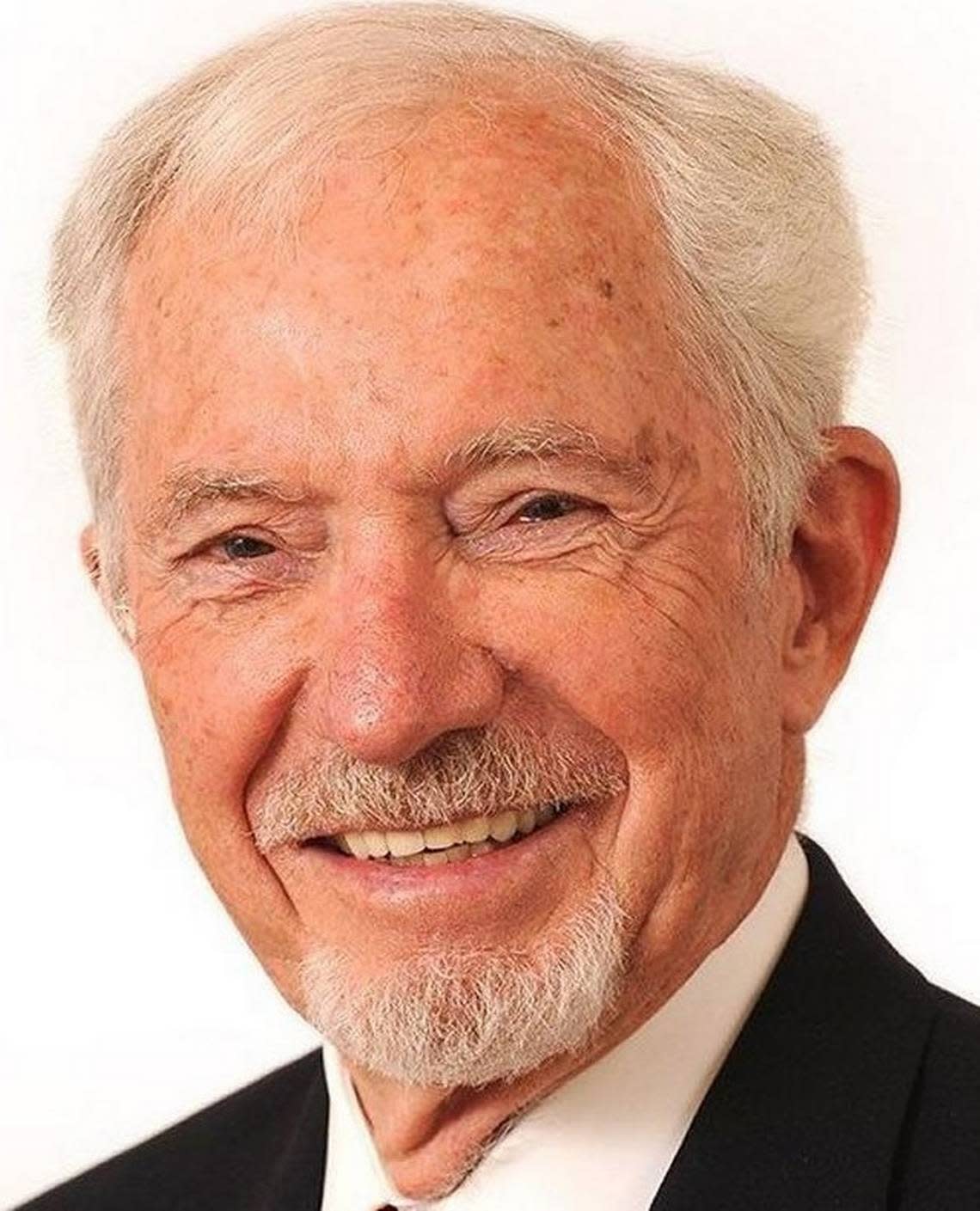Boise zoning code update to increase density, accommodate growth. That’s a good thing | Opinion
For the first time in 60 years, Boise proposes to update its zoning code significantly this spring. Five groups fighting development, however, want to postpone the decision to tee up the issue for this fall’s elections.
Why? At a protest on Dec. 15, Fred Fritchman of Boise Working Together, summarized one preservationist’s reasoning: “What’s wrong with keeping the area you call home a nice place to live?”

Consider, as well, another question: Where are all the new arrivals, young families and essential workers going to find “a nice place to live?” Do those who didn’t get here in time to claim the best places still have a home in Boise?
A 2021 study by Agnew-Beck estimated Boise needs to build 2,145 homes in each of the next 10 years for families making $54,000 a year or less (80% of average income) and 831 homes a year for those making the city average of $55,000. Meeting that goal, almost entirely in the private market, is a prime purpose of the new zoning.
By contrast, the study reported that between 2018 and 2021, Ada County exceeded a goal of building 3,900 units a year by building more expensive homes on larger plots. On Feb. 13, for example, Ada’s zoning commission approved the 2,775-unit Spring Rock development on 762 acres after Kuna had rejected it in 2020 and over objections from the city of Boise (citing traffic, pollution and loss of agricultural land).
What has become obvious is this: Boise, Nampa and Caldwell are striving to provide homes for large numbers of average and below-average-income families. Development in the rest of Treasure Valley’s predicts a future of income-segregation, sprawl and traffic troubles.
Boiseans need to snuggle up just a little closer so thousands can have a decent home here. But would greater density threaten someone’s existing “nice place to live”? Do those “Don’t Upzone Boise” yard signs popping up around town suggest as much?
As I understand the zoning plan, Boise will become slightly denser almost entirely from building multi-unit dwellings downtown, along Broadway, State, Overland, Orchard and Fairview, and in small clusters around existing commercial centers. Residents there could live at lower expense, traveling on bus routes and walking or biking to meet many needs.
Existing neighborhoods would remain almost or entirely as they are, broad alarmist claims to the contrary notwithstanding.
To cite one example of this future, Boise City Council recently approved 1,250 units on one of the city’s last large, empty parcels — on the valley floor just east of Vista below the New York Canal, where residents could bus, walk or bike from affordable homes. There will be seven times more homes per acre at this site than in Spring Rock.
Finally, consider density in two historic, ultra-desirable Boise neighborhoods, the North End and the East End.
It might surprise you to learn that the North End is more densely occupied than the city average and that incomes there are lower than the city average ($52K vs. $55K). That’s because of the scores of apartments, boarding houses, cottages, multiplexes and the largest concentration of accessory dwelling units in the city.
The East End is likewise more densely occupied and only slightly more affluent than the rest of the city ($66K vs. $55K).
The magic of Boise’s older neighborhoods is this: Density is one of their virtues. People live closer, the wealthy alongside the less wealthy, the way Boise developed from its earliest days.
I moved here a dozen years ago out of a love for Boise’s foothills, parks, river, culture and, yes, historic homes. Today, I’m confident older Boise will be just fine in the years ahead and now there has emerged another reason for living here: to participate in the building of a great city — history’s solution for how people live closely together and thrive.
Jerry Brady lives in East Boise, not far from where James H. Brady, his great-grandfather and Idaho’s ninth governor, lived at Second and Maine in a historic district.
